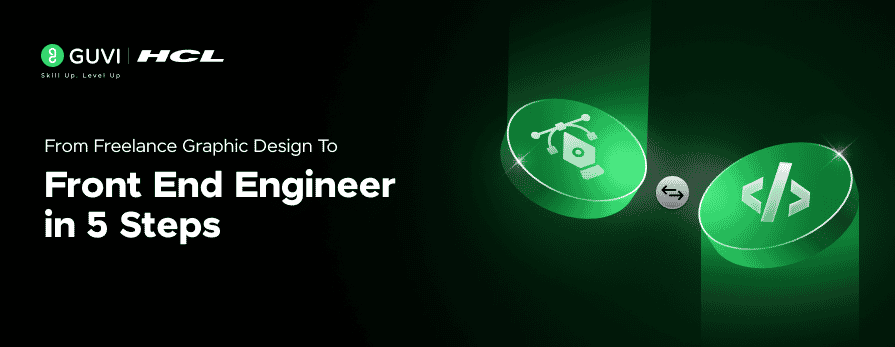
From Freelance Graphic Design To Front End Engineer in 5 Steps
Oct 10, 2025 5 Min Read 2294 Views
(Last Updated)
Are you a graphic designer who wants to shift your career from freelance graphic design to front-end engineering? No worries, we got you covered!
Graphic design deals with creating visually appealing art to communicate messages, while frontend design is all about designing webpages to catch users’ attention. Since both involve designing, transitioning from graphic design to front-end engineering is relatively easy. This blog outlines 5 simple steps to become a front-end engineer. Let’s get started!
Table of contents
- Who is a Front End Engineer?
- Front End Engineer Vs Graphic Designer
- Skills Required for a Front End Engineer
- Technical skills
- Transferable Skills
- Soft Skills
- Freelance Graphic Design to Front End Engineer
- Step 1: Learn the Programming Language
- Step 2: Learn the Skills Needed
- Step 3: Build Projects Using the Skills You Learned
- Step 4: Showcase the Projects
- Step 5: Prepare for Interview
- Success Stories
- Vince MingPu Shao
- AJ Benederio
- Conclusion
- FAQs
- Q1. How long will it take to become a successful Front end Engineer?
- Q2. What is the salary for a frontend engineer?
- Q3. How hard is it to shift from a freelance graphic designer to a front end engineer?
Who is a Front End Engineer?
A front-end engineer is a developer who specializes in building the user interface (user interaction part) of the website. They are responsible for creating a visually appealing front-end part so that it is easy for users to interact with the webpage. Some of the front-end engineer responsibilities include:
- Turning UI/UX designs into fully functional code.
- Building layouts, buttons, webpages, forms, navigation, animations, and other visual elements.
- Making the website responsive by working with various screen sizes and devices.
- Ensuring the pages load quickly and efficiently.
- Using JavaScript to provide dynamic and interactive features for the website.
Start your JavaScript journey with HCL Guvi’s FREE E-book on Start Your Development journey with JavaScript. This covers everything from basic concepts such as data types, control flows, loops to advanced concepts such as DOM operations and jQuery that are useful for the development.
Front End Engineer Vs Graphic Designer
Both front-end engineers and graphic designers focus on designing. They also have similarities and differences between them. This section covers the odds and evens among front-end engineers and graphic designers.
| Front End Engineer | Graphic Designer | Similarities |
| Developers use code for their work. | Designers use softwares for their work. | Both roles are based on designing. |
| Write code for functionality. | Based on users requirements. | Creates wireframes to achieve the end goal. |
| Converts design into code. | Convert idea into design | Controls the look and feel of the design |
Skills Required for a Front End Engineer
This section covers the necessary technical, designing, and soft skills required for a front-end engineer. Let’s get started!
Technical skills

Browser Language
- HTML: It is used to structure the web pages.
- CSS: It is used to add styling and layout for the web pages.
- JavaScript: It is used for adding interactivity and logic to the web pages.
Frameworks
- React/ Angular / Vue: These are the popular JavaScript frameworks for building complex user interfaces of the website.
- jQuery: It is useful in DOM manipulation and allows the visual elements to render easily on the webpages.
Responsive Design
- Media Queries: It is used to design a webpage for mobile devices using flexbox and grid layouts.
- Tailwind CSS/ Bootstrap: These are styling frameworks for designing the website.
Version Control
It is necessary for all developers to have a decent knowledge of version control like Git and platforms such as GitHub and GitLab for code collaboration and tracking.
Browser Developer Tools
It is used to inspect specific elements, debugging the JavaScript code and analysing the performance.
Transferable Skills
As a graphic designer, you might have an idea about designing elements such as images, typography, color theory, and many more. This section covers the skills that you can transfer from a graphic designer to a front-end engineer. It includes:
- Creativity: It is an ability to create a unique, original design based on the user’s requirements.
- UI/UX designing: It includes usability, accessibility, and intuitive interfaces.
- Designing Tools: Figma, Sketch, or Adobe XD.
- Visual Designing: It makes the design extremely attractive by incorporating design principles.
- Prototyping: You should be able to create a prototype and translate it into code
Soft Skills
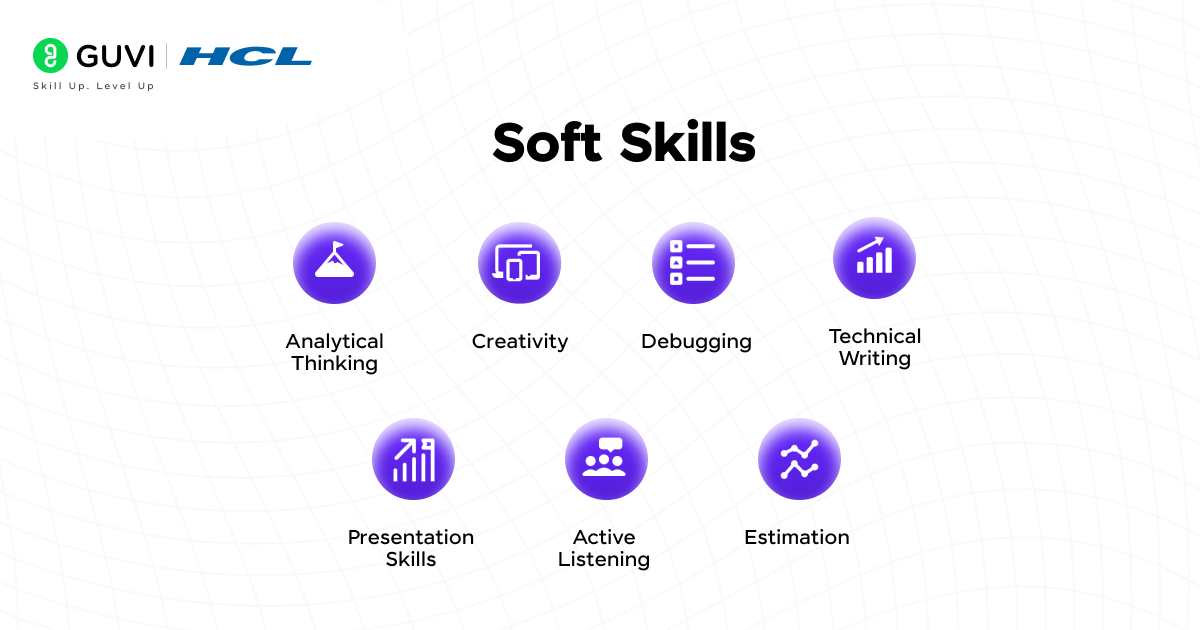
- Analytical Thinking: Approaching problems systematically and logically.
- Creativity: Finding innovative solutions to unique challenges.
- Debugging: Efficiently identifying and fixing issues in code.
- Technical Writing: Documenting code and writing clear specifications.
- Presentation Skills: Explaining technical concepts to diverse audiences.
- Active Listening: Understanding requirements and feedback effectively.
- Estimation: Accurately estimating the time required for various development tasks.
Freelance Graphic Design to Front End Engineer
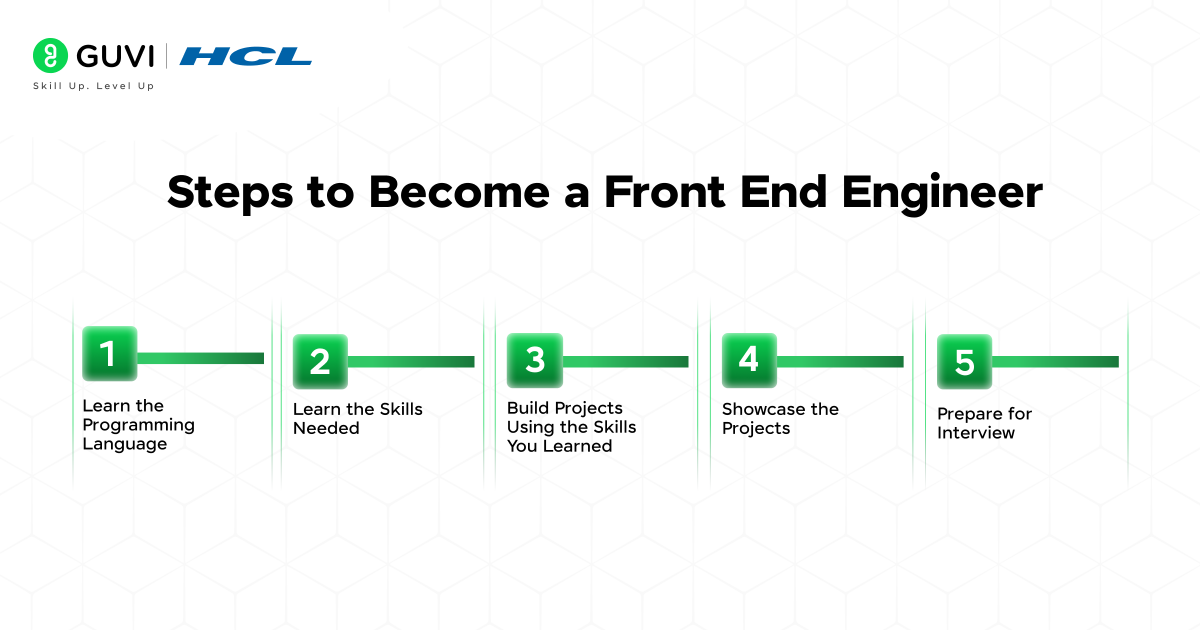
In this section, we will look into 5 simple steps from graphic design to front-end engineer. By following these steps and committing yourself to learning, you can easily shift from a graphic designer to a front-end engineer. Let’s get started!
Step 1: Learn the Programming Language
The first step of the process, you need to learn a programming language. As a graphic designer, you might not have programming knowledge, but for a front end engineer you need to have basic programming knowledge. Programming languages help manipulate the web page structure, handle user events and interactivity. For a front end engineer, it is mandatory to learn JavaScript. Because it is best for communicating and interacting with the browser. It includes features such as dynamic typing, event-driven programming, asynchronous execution, and support for object-oriented, functional, and imperative programming styles. Start JavaScript with the following concepts:
- Learn the fundamentals of syntax and the different data types that are used to store values, such as strings, numbers, and booleans.
- Learn about functions, objects, and the storage and extraction of data, as well as DOM manipulation and how to dynamically interact with and alter HTML and CSS on a webpage.
- Go on to event handling, which is how JavaScript reacts to user input or other events (such as keystrokes or clicks).
- Asynchronous functions (promises, async/await) are used to manage time-consuming tasks without interfering with the main program flow.
- Additionally, newer JavaScript features like modules, destructuring, and arrow functions were added in ES6 and later.
Apart from JavaScript, you can also choose programming languages such as Python, Java and Rust as an alternative.
Step 2: Learn the Skills Needed
Once you have a decent knowledge of programming languages and the core concepts, the next step is to learn the necessary skills for a frontend engineer mentioned above. As a graphic designer, you may know some principles and techniques for creating visually appealing designs. These skills will be a great add on for your front-end engineering dream. Start by learning the basics and necessary skills.
HTML & CSS
HTML should be the first thing a web developer learns. HTML is a markup language that serves as the foundation for web content by giving web pages structure and organization. Start by becoming familiar with the following HTML concepts:
- Essential components like <html>, <head>, and <body> are part of the basic HTML structure.
- Various HTML tags, including <p>, <style>, <li>, and others.
- HTML tag attributes like id, class, and src.
- <input>, <form>, and other input types like text or checkbox are examples of forms and input types.
The Cascading Styling Sheet is the second essential fundamental ability. Web pages are styled and laid out using CSS. It controls the display of HTML elements. The following are important ideas to grasp in CSS:
- Study box models that specify elements’ content, padding, borders, and margins, as well as selectors that target HTML elements.
- Flexbox and Grid are used to arrange elements on a page using layout techniques.
- Web pages that adjust to various screen sizes and devices are made with the help of media queries.
- For more complex animations, learn how to use the Tailwind CSS CSS framework.
JavaScript Frameworks
Learning a JavaScript framework is the step up in the front end development. Nowadays, recruiters expect the candidates to know at least one JavaScript framework. Start yours today by picking any one from the below list:
- React Js: It is a flexible JavaScript library for building user interfaces, developed by Facebook.
- Angular Js: It is a framework for building client-side applications, developed by Google.
- Vue Js: It is a progressive JavaScript framework used for building UIs and single-page applications.
Learn all these skills in a well-structured certification course on HCL GUVI’s Full Stack Development course by reputed IITM. Through this course, you will receive mentorships, mock interviews and live online sessions.
Step 3: Build Projects Using the Skills You Learned
The next step is to build projects using the skills you learned in the previous step. Including a variety of projects in your portfolio is essential to showcase a wide range of skills. For example, building static websites demonstrates your understanding of HTML, CSS, and basic design principles, while dynamic web applications highlight your proficiency in JavaScript.
Mobile-responsive designs illustrate your ability to create user-friendly experiences across different devices, ensuring accessibility and ease of use. A diverse set of projects like these will not only make your portfolio more impressive but also give potential employers confidence in your comprehensive skill set.
Step 4: Showcase the Projects
When building your portfolio, it’s important to focus on quality over quantity. Select only your best projects that genuinely highlight your skills and creativity, as these will leave a lasting impression. For each project, provide clear context by explaining the problem it solves, the technologies you used, and your specific role in the project.
Detailing the challenges you faced and how you overcame them not only showcases your problem-solving abilities but also your determination and adaptability. Remember, your portfolio itself is a reflection of your abilities, so ensure it is well-designed, easy to navigate, and fully responsive to demonstrate your attention to detail and professional standards.
Step 5: Prepare for Interview
As a final step, apply for the entry-level front-end developer or intern position to gain real-world experience and start your career as a front-end engineer. Use job portals such as LinkedIn, Indeed, Naukri, or company career portals. Now, it’s time to prepare for the interview. Practice frequently asked questions on front-end engineering interviews and your communication skills to explain your thought process.
Success Stories
Let’s look into some of the success stories of people who successfully transitioned from graphic design to front end engineering.
Vince MingPu Shao
Vince MingPu Shao successfully transitioned his career from a graphic designer to a front end engineer in just five months. Throughout his journey, he was consistent in his self study, building hands-on projects and strategically using online courses for learning the skills. He built a strong portfolio to showcase both his graphic designing skills and coding skills. His journey highlights the importance of clear goal setting, discipline and consistency in achieving a career shift.
AJ Benederio
AJ Benederio started his career as a graphic designer, later he felt the need for more career growth. He self taught UI designing and front end development through online courses which led him to land a role at a startup. With the time and mentorship, he expanded himself into learning UX design focusing on solving real user problems. His journey highlights the value of self motivation, discipline, adaptability and continuous learning.
Conclusion
In conclusion, there are only 5 simple steps to achieve your dream transition from graphic designing to front end engineering. From choosing the right programming language, learning the necessary and trending skills and building projects you can also become one of the successful engineers who transferred their career towards coding. Throughout this journey, consistency, resilience and motivation plays a major role in reaching a successful end. After achieving a successful career in technology, share your journey with us through comments!
FAQs
Q1. How long will it take to become a successful Front end Engineer?
If you take an online bootcamp or mentored courses such as HCL Guvi’s digital marketing courses, you can become a social media manager in 3 to 4 months. However, if you choose to self-learn using books and videos, it may take around 8 months to 1 year. The duration can vary depending on your learning pace and level of dedication.
Q2. What is the salary for a frontend engineer?
According to Glassdoor, the salary of a frontend engineer ranges from ₹4L to ₹7L at an early stage.
Q3. How hard is it to shift from a freelance graphic designer to a front end engineer?
As a graphic designer, you already have a strong foundation in visual design, creativity, and user experience, all crucial aspects of front-end development. With dedication and few online courses, you can easily shift from a freelance graphic designer to a frontend engineer.


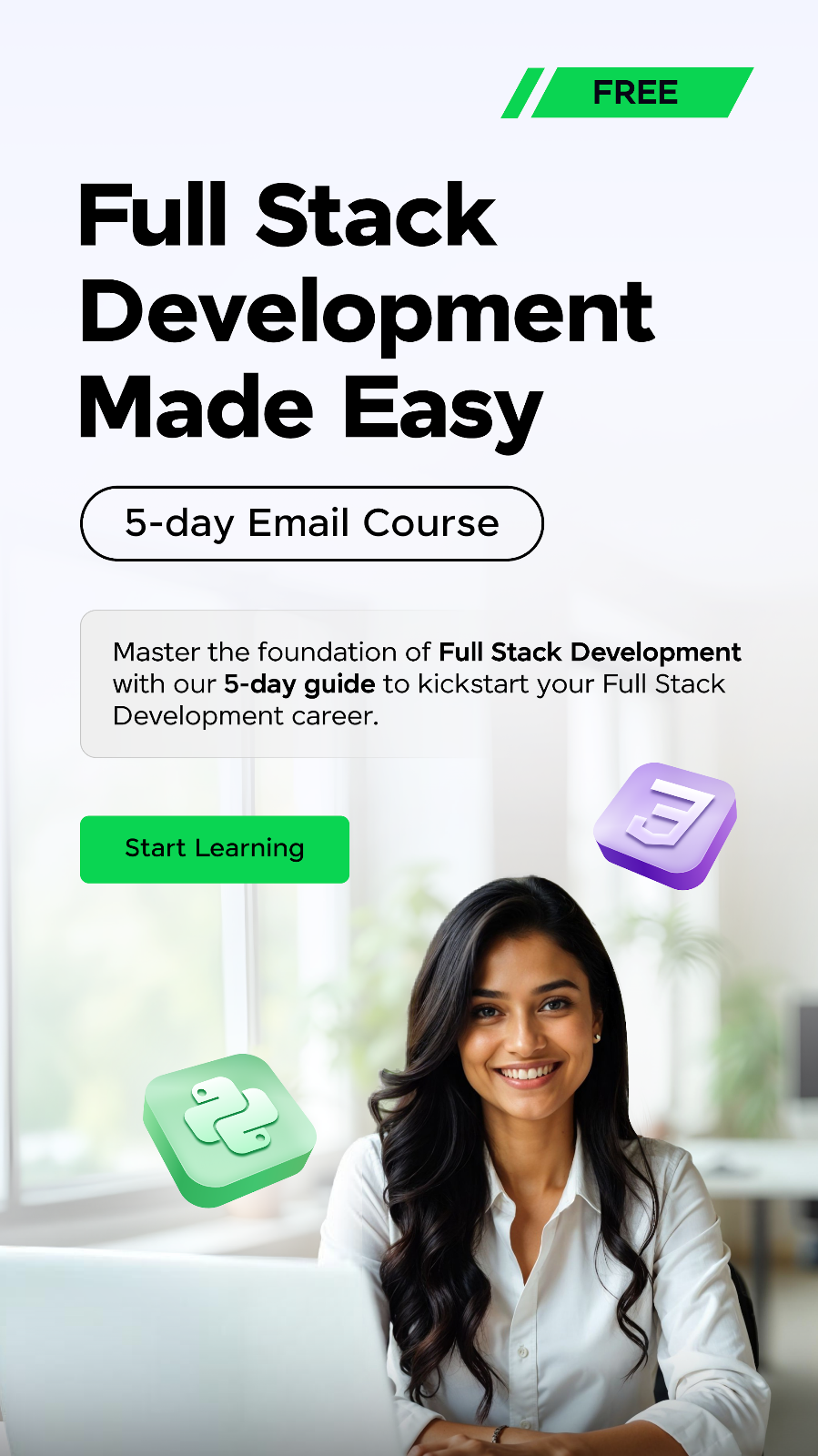
















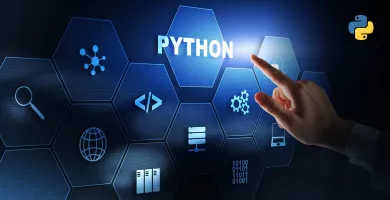





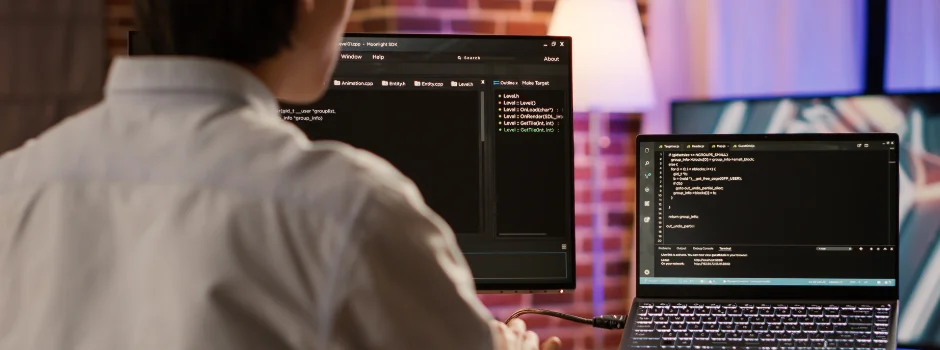
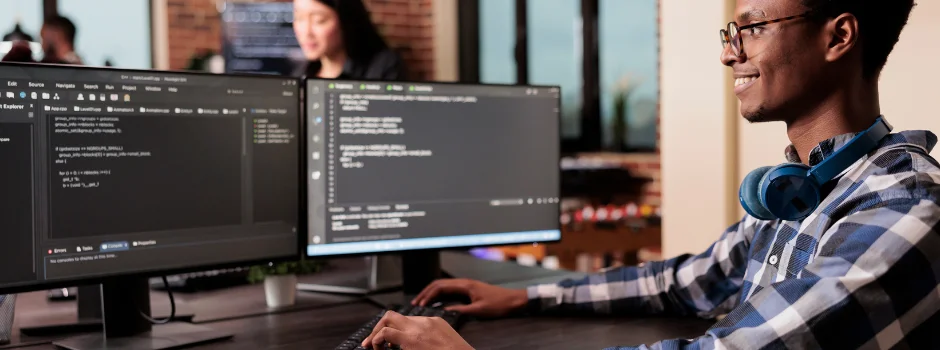
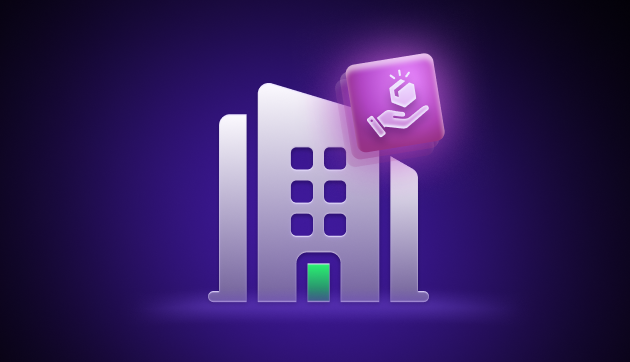
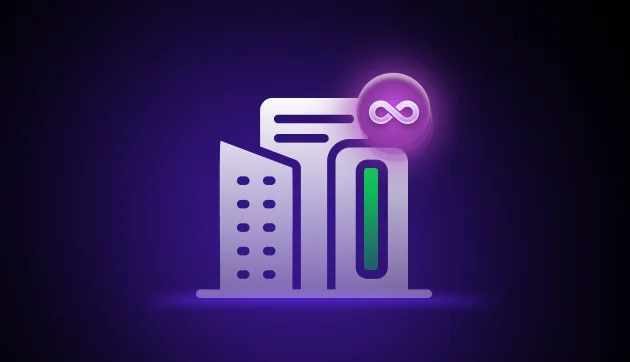
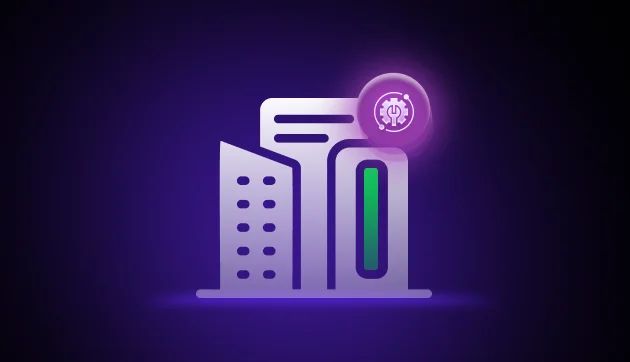
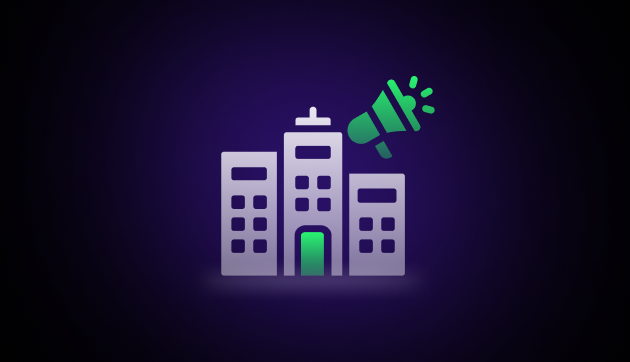
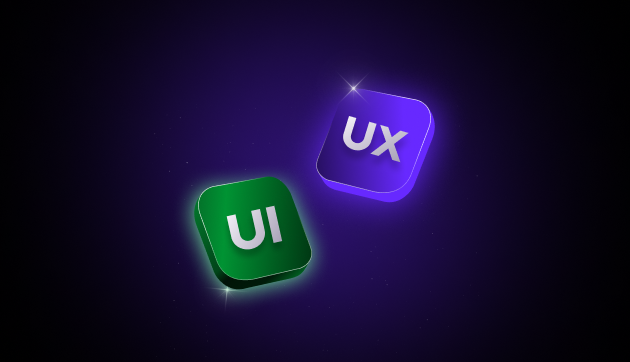




Did you enjoy this article?